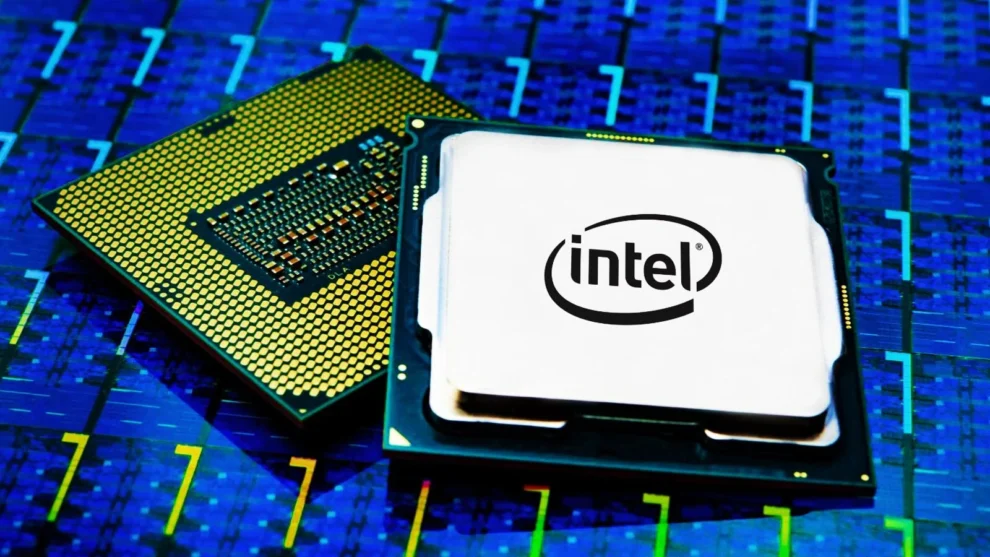In the ever-evolving world of computing, Intel remains a powerhouse, yet recent developments suggest not all is smooth in its silicon empire. An emerging issue with the Enhanced Thermal Velocity Boost (eTVB) algorithm, primarily affecting Intel’s 13th and 14th Gen K/KF/KS processors, has led to operational instabilities. This issue, deeply embedded in the algorithm’s design, impacts how these CPUs handle intense computing tasks, potentially throttling performance under certain conditions.
Intel’s ambition to push the boundaries of processing power with its chiplet-based Arrow Lake processors, which are set to debut in late 2024, adds another layer to this narrative. These chips are expected to bring significant performance improvements, featuring a mix of efficiency and performance cores fabricated on advanced node processes from TSMC and Intel. Yet, the integration of complex new architectures and the reliance on cutting-edge fabrication technology like the TSMC’s 3nm process might introduce new challenges in maintaining stability and performance consistency.
Further complicating the landscape, a notable flaw was uncovered related to Intel’s BIOS settings, which were supposed to safeguard against such performance dips. However, reports from various users and tech communities indicate that these settings are not universally effective, leading to varied performance results and stability issues across different motherboard platforms.
The ongoing situation reflects a broader challenge within the CPU industry, where the push for higher performance is perpetually at odds with the complexities of new technologies and algorithms. Intel’s response to these challenges, including BIOS updates and community engagement, is crucial as it navigates the competitive and rapidly advancing tech landscape.
As Intel moves forward, the tech community remains vigilant, keeping a close eye on how these issues are addressed and what it means for the future of computing.








